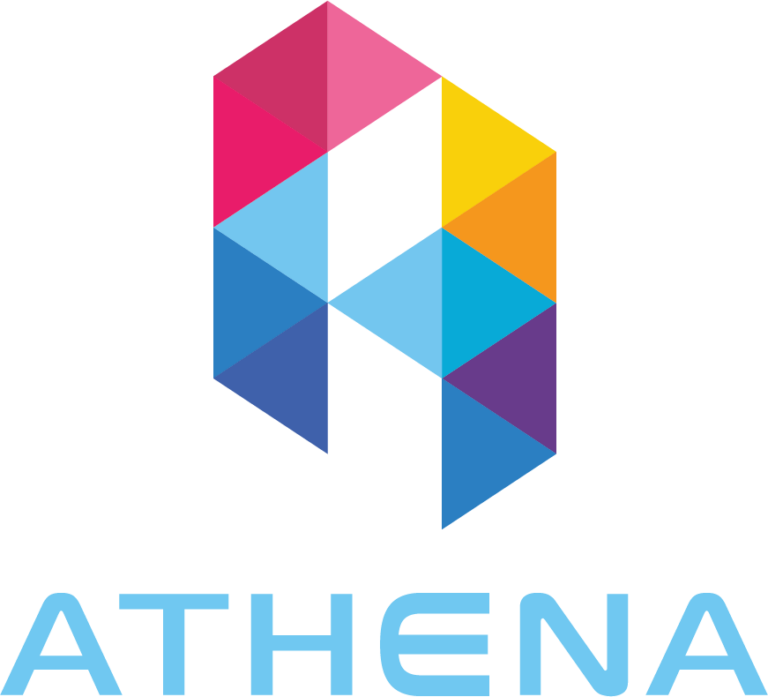Why Real-Time Risk Monitoring is a Game-Changer for Brokerages
In the dynamic world of trading, brokerages face the constant challenge of managing risks to protect their business, clients, and regulatory standing. Traditional risk monitoring methods, often reliant on delayed data, are no longer sufficient in today’s fast-paced environment. Real-time risk monitoring has emerged as a revolutionary approach, enabling brokerages to respond to market changes, trading anomalies, and regulatory requirements instantly. This article explores why real-time risk monitoring is essential and how it transforms brokerage operations.
The Evolving Risk Landscape for Brokerages
Brokerages operate in a high-stakes environment where financial, operational, and compliance risks are ever-present. These risks include:
- Market Volatility: Sudden price fluctuations can result in significant losses if not mitigated promptly.
- Trading Anomalies: Rogue trading or algorithmic errors can disrupt operations and incur severe financial consequences.
- Regulatory Non-Compliance: Failure to meet real-time reporting and transparency requirements can result in fines and reputational damage.
- Cyber Threats: Increasingly sophisticated cyberattacks pose threats to sensitive client data and trading platforms.
In this context, a proactive risk management system that operates in real-time is indispensable.
What is Real-Time Risk Monitoring?
Real-time risk monitoring involves the continuous tracking and analysis of trading activities, market data, and internal operations using advanced technologies. By leveraging real-time data streams, brokerages can detect and respond to risks as they occur, rather than after the fact.
Key components include:
- Data Integration: Aggregating data from trading platforms, market feeds, and CRM systems.
- Analytics Tools: Utilizing algorithms to identify anomalies, trends, and potential threats.
- Automated Alerts: Notifying stakeholders immediately when predefined risk thresholds are breached.
Benefits of Real-Time Risk Monitoring
- Proactive Risk Management
Traditional risk assessment methods often rely on historical data, which can lead to delayed responses. Real-time monitoring allows brokerages to identify and mitigate risks before they escalate, ensuring operational continuity. - Enhanced Decision-Making
Immediate access to actionable insights enables brokers to make informed decisions during volatile market conditions, safeguarding both client interests and company assets. - Regulatory Compliance
Real-time monitoring ensures adherence to regulations such as MiFID II, Dodd-Frank, and GDPR by providing accurate, time-stamped transaction data and audit trails. - Client Trust and Retention
Demonstrating robust risk management practices enhances client confidence, fostering loyalty and attracting new investors. - Fraud Detection and Prevention
Continuous tracking of trading patterns helps detect suspicious activities, such as unauthorized trades or attempts to manipulate markets.
Technologies Driving Real-Time Risk Monitoring
- Artificial Intelligence (AI) and Machine Learning (ML)
AI-powered systems analyze vast datasets to identify patterns and anomalies that could indicate potential risks. - Cloud Computing
Cloud platforms like AWS facilitate scalable and secure real-time data processing, ensuring rapid analysis and response times. - Blockchain
Immutable ledgers enhance transparency and provide secure audit trails for transaction verification. - Big Data Analytics
Advanced analytics tools process large volumes of data from multiple sources, offering brokers a holistic view of their risk landscape. - API Integrations
Seamless connectivity between trading platforms, CRM systems, and risk monitoring tools ensures real-time data synchronization.
Implementation Strategies
- Define Risk Parameters
Establish clear metrics and thresholds for identifying risks, tailored to your brokerage’s operational needs. - Leverage Integrated Platforms
Adopt comprehensive solutions that combine trading, CRM, and risk monitoring tools for a unified approach. - Automate Alerts and Actions
Use automated workflows to trigger alerts or actions, such as halting trades or reallocating assets when risks are detected. - Invest in Employee Training
Ensure that staff understand how to interpret real-time data and take appropriate actions. - Regular System Audits
Conduct periodic reviews of your risk monitoring setup to address emerging threats and technological advancements.
Case Study: Real-Time Risk Monitoring in Action
A leading brokerage experienced a sudden spike in trading volume that deviated from historical patterns. Its real-time monitoring system flagged the anomaly within seconds. Upon investigation, the team discovered a malfunctioning trading algorithm that could have led to substantial losses. The immediate alert allowed the brokerage to deactivate the algorithm and minimize its impact, preserving both client trust and financial stability.
Challenges in Real-Time Risk Monitoring
- Data Overload
Processing vast amounts of data in real time can strain resources. Employing scalable cloud solutions can help manage this challenge. - Integration Complexities
Ensuring seamless integration between diverse platforms and tools requires meticulous planning and execution. - Cost Implications
Implementing advanced real-time systems can be expensive, but the long-term benefits far outweigh the initial investment.


